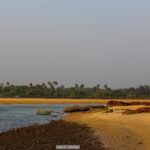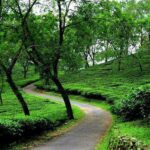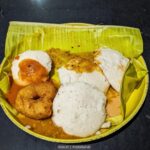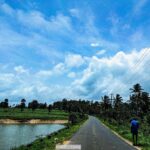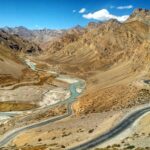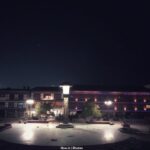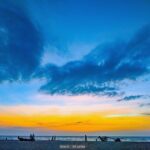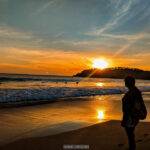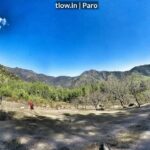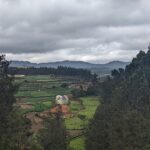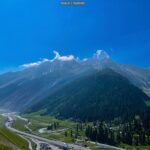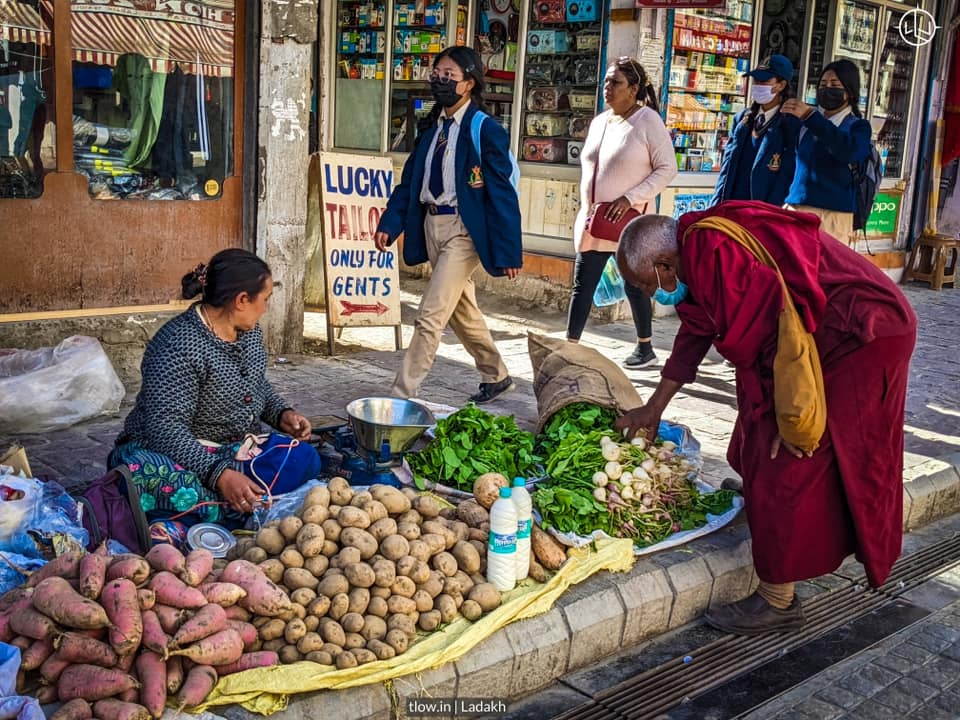
Town of contrasts in the Himalayas: Leh, Ladakh
Leh the capital of the Trans-Himalayan region of Ladakh is arguably the most sort after destination in India for all kinds of travellers and tourist. Bikers consider it the ultimate challenge to ride on these high altitude Trans-Himalayan roads, while backpackers and trekkers flock to Leh all through the year in search of something new and undiscovered ; major chunk of people come to Leh in search of the dream road trip around Ladakh and the neighboring regions.
Leh is located at an altitude of around 11,449 feet above sea-level in the Indus valley at a crossroad of the old trading routes from Tibet and Kashmir. It is very important to note that when you arrive in Leh you need to get properly acclimatised to the conditions before venture into the neighboring regions. The best way to acclimatize is by strolling around the town and a full day of rest is generally enough to get acclimatized.
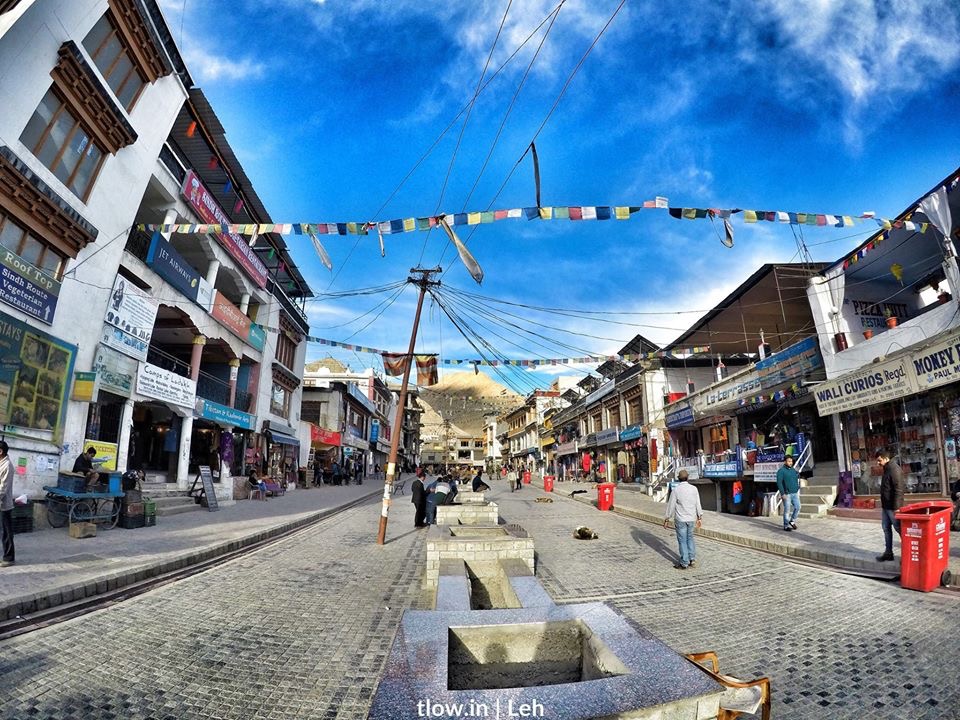
There are multiple options of getting to the town of Leh. The first option is to fly into the town which has the highest commercial airport in the world, but flying to Leh is a very costly affair. The second option is via the road way, there are roads into Leh, one from Manali in Himachal Pradesh and the other from the state capital of Srinagar. Both the routes take nearly the same amount of time and are equally spectacular in their own ways.
The Srinagar road which is around 434 km from Leh is a much better road for travellers since it runs at a much lower altitude and reduces the rick of altitude sickness. The Srinagar road is open from the beginning of June to mid-October and follows the traditional trade route which passes through the towns of Drass and Kargil. The only disadvantage of this road is that this region is highly volatile with risk of militant troubles. It takes two days to reach Leh with an over night halt at Kargil.
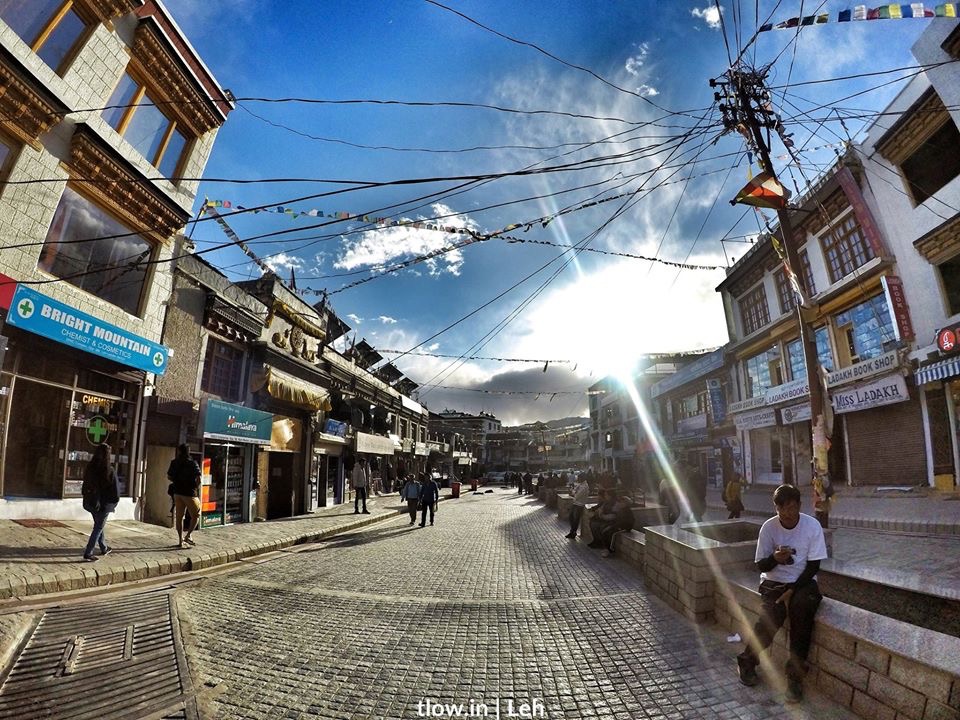
The Manali to Leh road which covers a distance of 473 km, is the one which is more commonly taken by travellers. This route crosses the high altitude Rohtang Pass and takes two days with a night stay in the town of Keylong.
Making the night halt at Keylong drastically reduces the risk of altitude sickness. This route is one of the highest road passes in the world and is surrounded by rugged mountains on all sides. The scenery is absolutely breathtaking, but this is definitely not for the faint-hearted. The Manali-Leh road is open during the summer months of mid-June to end of September and is blocked by thick snow cover for the rest of the year.
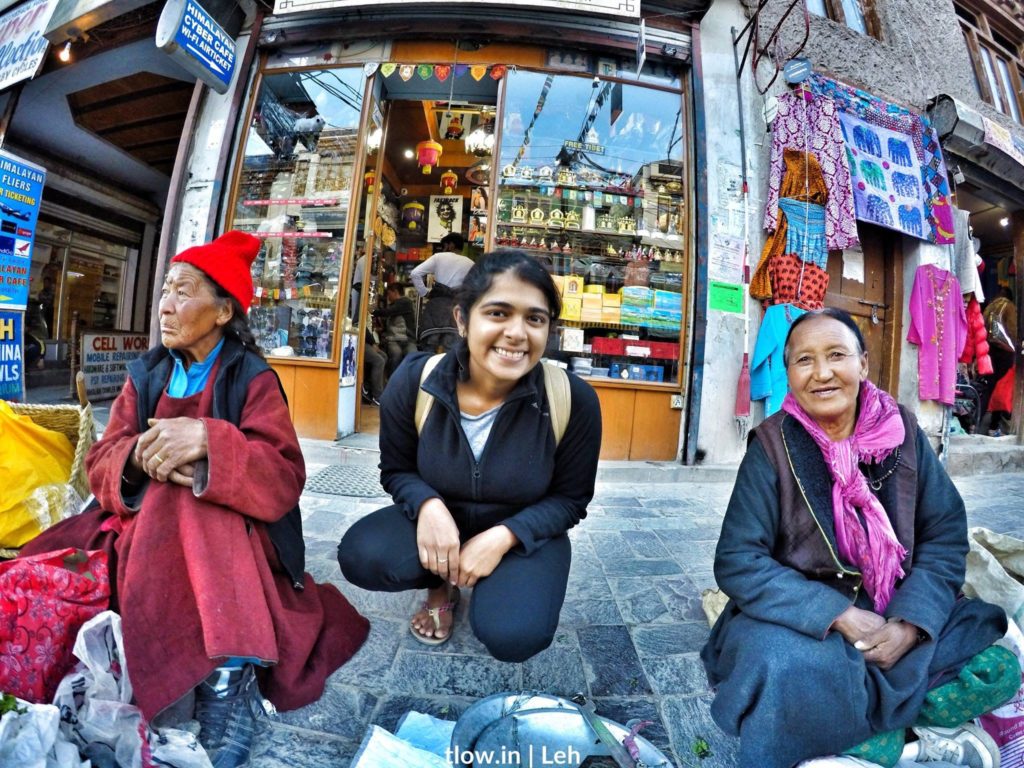
There are multiple modes of road transportation to get to Leh from Srinagar or Manali. The most economical is the local government buses which give travellers a once in a lifetime experience of travelling with the locals. Hiring a jeep is a faster and more comfortable option but a lot more costlier.
During the summer months, the town is filled with backpacker, bikers and trekkers from all over the world. With their rucksacks and modern clothes, they are seen roaming in the bazaar while Ladakhi men and women are seen selling vegetables and other handicrafts in their traditional dresses. The whole atmosphere of this Himalayan town gets transformed and all the shops, travel agencies are busy catering to the needs of the tourists.
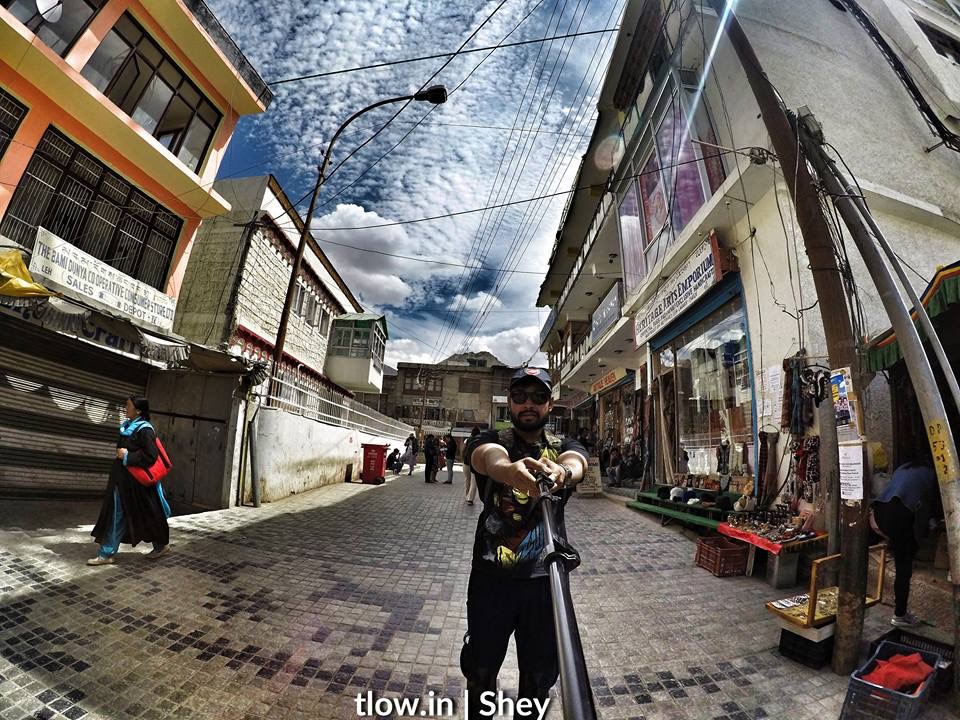
Leh is more like a jigsaw of terraced roofs and houses jammed one against the other. The bazaar cuts the town into two, the main artery reaches out from the center to the enormous Royal Palace. Built into rock the palace dominates the whole countryside. The mosque lies at the far end of the bazaar. In the narrow lanes of the town are small eating places, here the standard meal is a bowl of boiled noodles, topped with meat broth, washed down with salted butter tea.
In the little bazaar there are plenty of street vendors selling hand-woven carpet with dragon designs, trinkets of silver and copper set with turquoise and painted thankas or scrolls. There are also numerous shops selling various hiking, trekking and biking gear, you name it and the shops have it. From backpacks and hiking boots everything is sold in the shops.
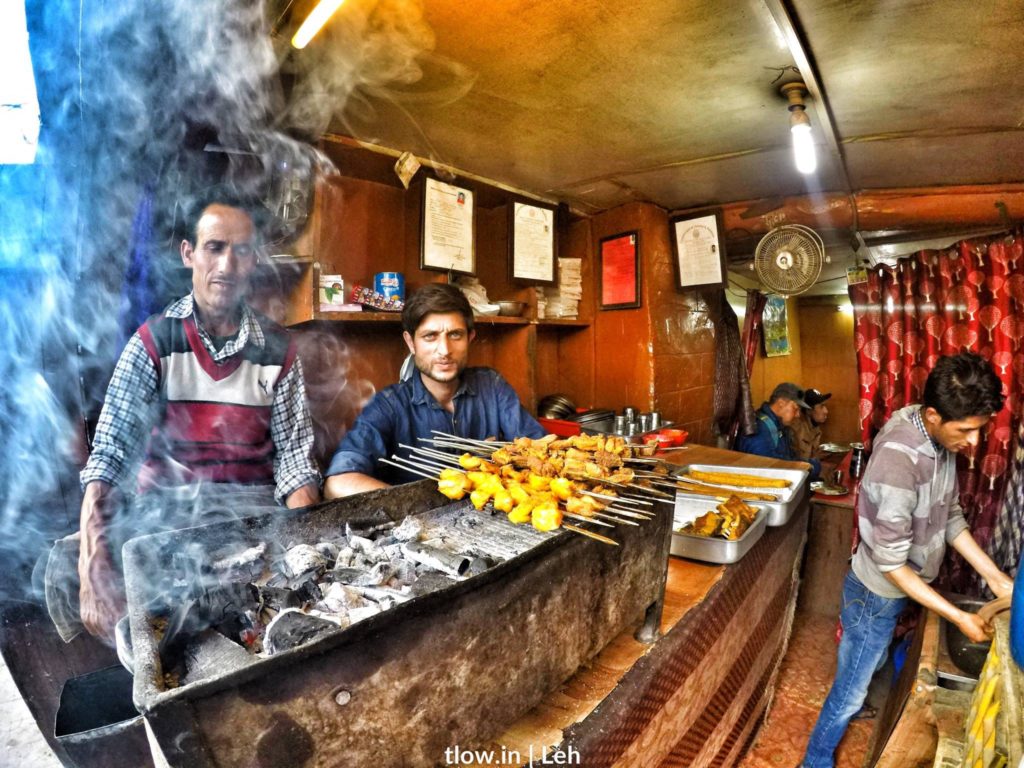
The older part of the town lies behind the main bazaar and below the hill where Leh Palace and fort are situated. A polo ground can also be seen to the south of the old town. To the east of polo ground is the District Magistrate. This is where the permits for the neighboring regions of Pangong Tso, Tso Moriri, Nubra valley, etc. are issued.
Leh
is a small town where one can leisurely stroll from one end of the town to the other. The main bazaar is located almost in the center of the town which is the hub of all activities where many of the travel agencies, book shops, restaurants, etc. are located.
The bus station and taxi stand are situated near the main market from where one can make day trips to various Gompas such as Hemis, Shey, Thikse, Likir, Matho, Stok etc.
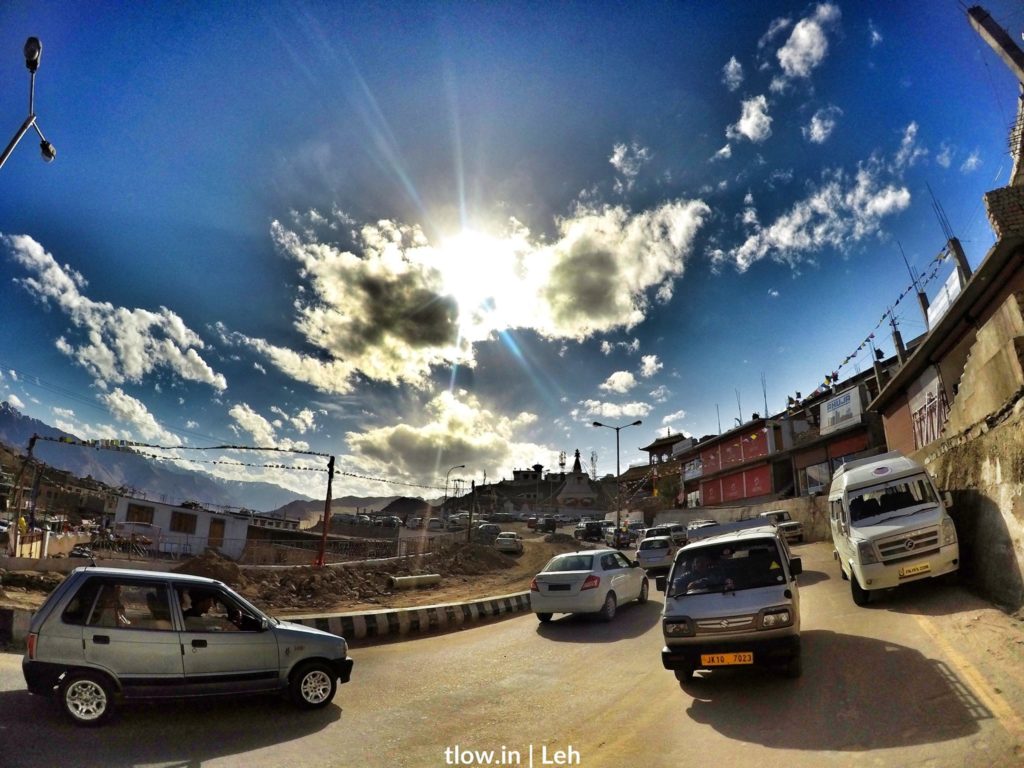
Most of the accommodation options in Leh are located on the Changspa road which can be said to be an extension of the main bazaar. Leh has plenty of guest houses and hotels to meet the needs of all kinds of travellers. There are hotels to cater to the luxury traveller and guest houses which are more of home stays to cater to the needs of the budget backpacker.
Leh has plenty of eateries and many of them in the main bazaar area are roof top restaurants. While in the town, it is a must to try the momo’s, noodle soup, yak cheese and mutton patties. Most of the restaurants in Leh have a wide spread of Indian and European cuisine.
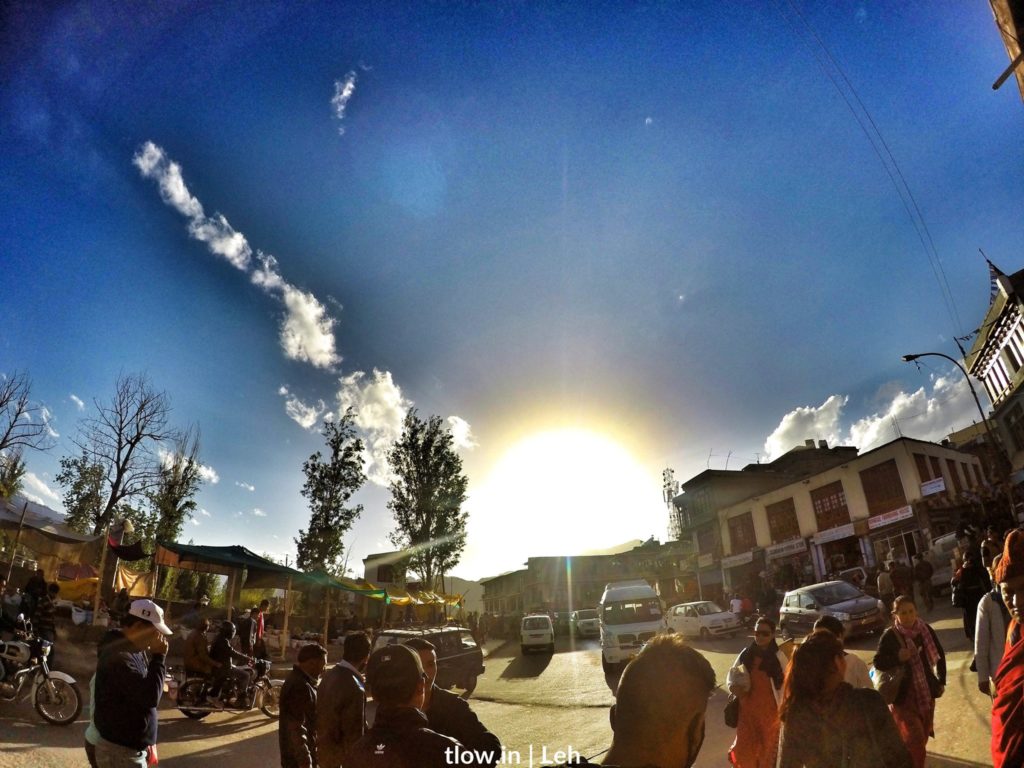
The best time to visit Leh is during the months of June to October. Since Leh is a part of the Trans-Himalayas which is a rain shadow belt, when it’s raining is the rest of the country Leh and the rest of the Trans-Himalayas have their summers going on.
During the past few years, due to climatic changes, Leh has become warmer and hence suitable for vegetation. Now the town of Leh is like an oasis amidst the barren mountain-scape of Ladakh. People are cheerful, honest and always smiling.
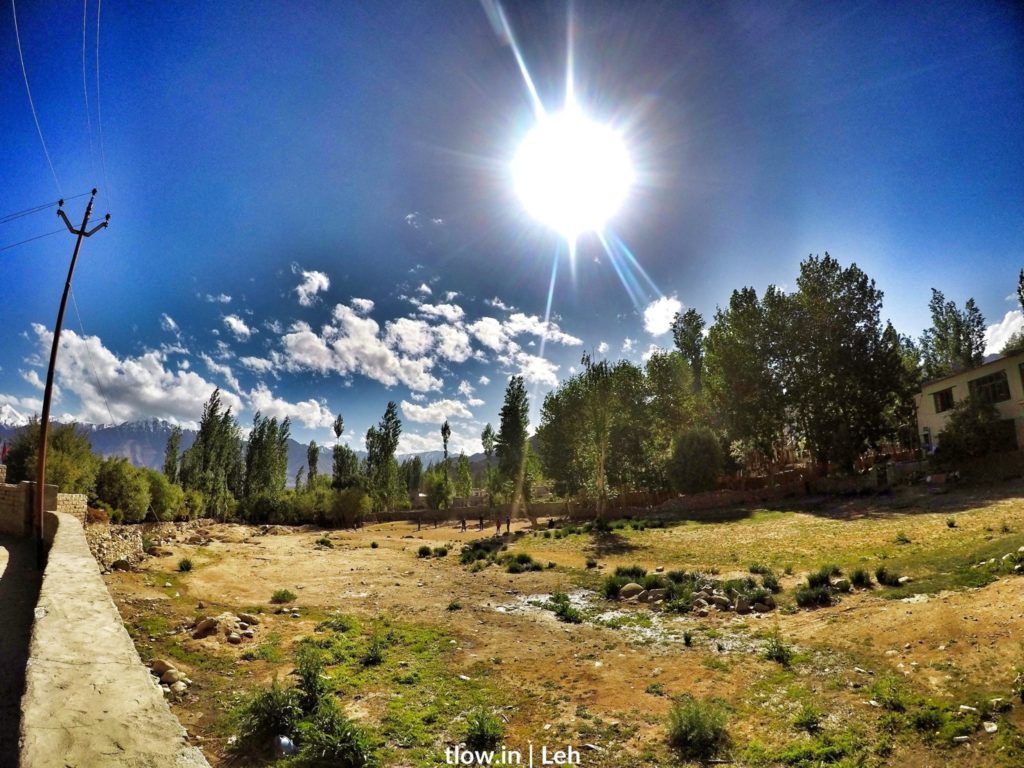
Leh is surely a town that is totally worth all the hype that comes with it. Leh serves as an ideal base for travellers to acclimatize before they venture out into the neighboring regions.
For a similar experience >> Click here

